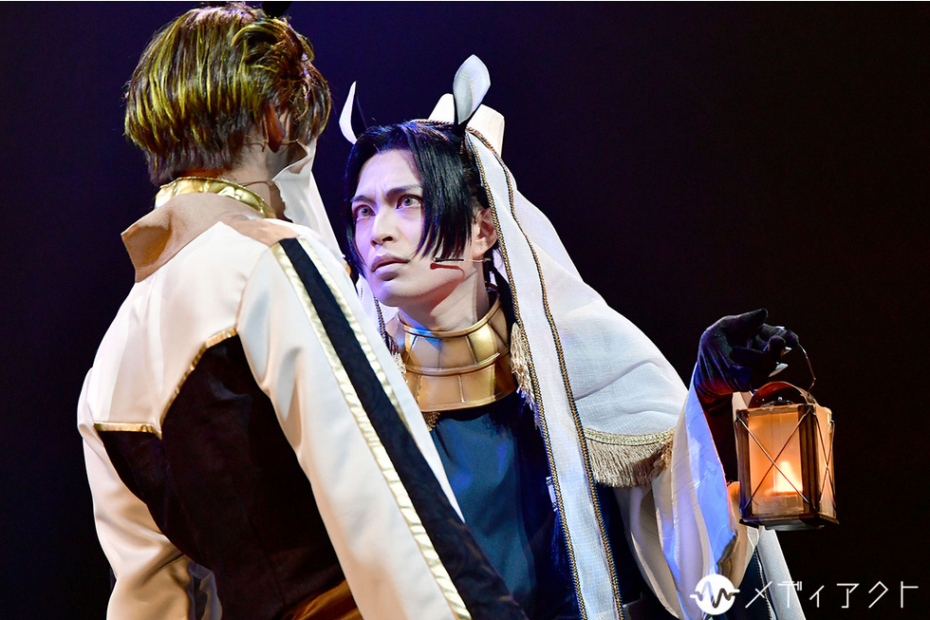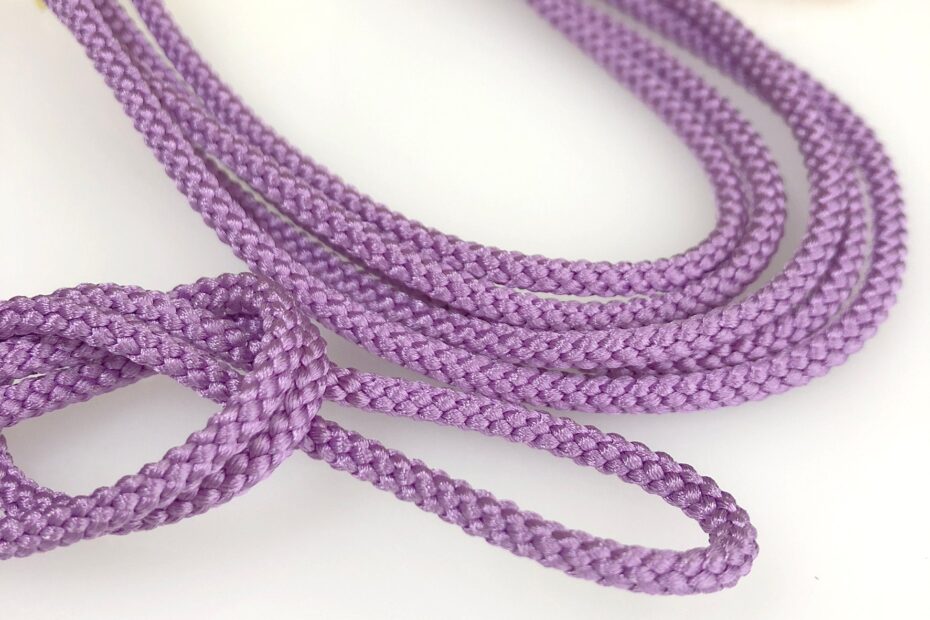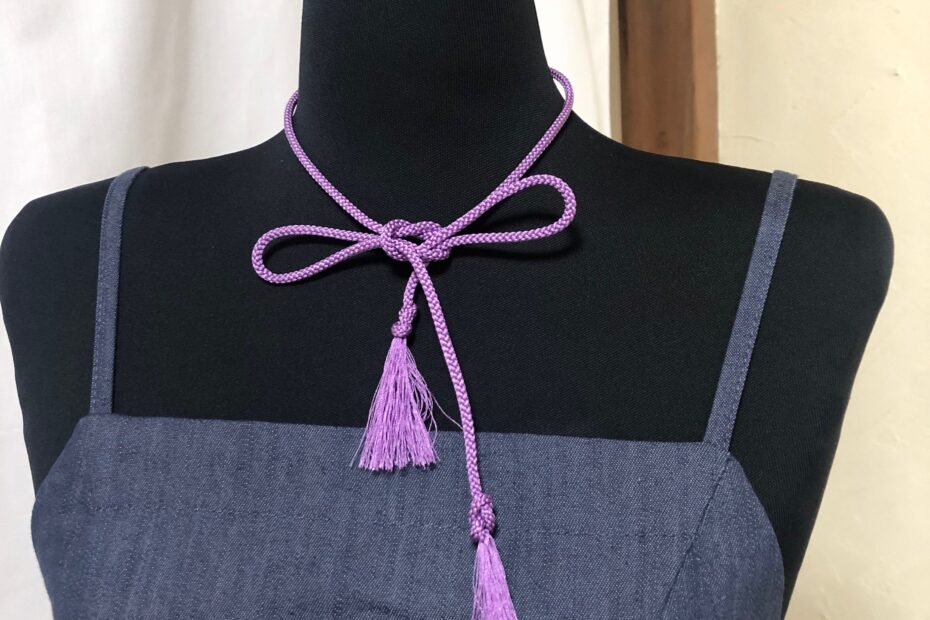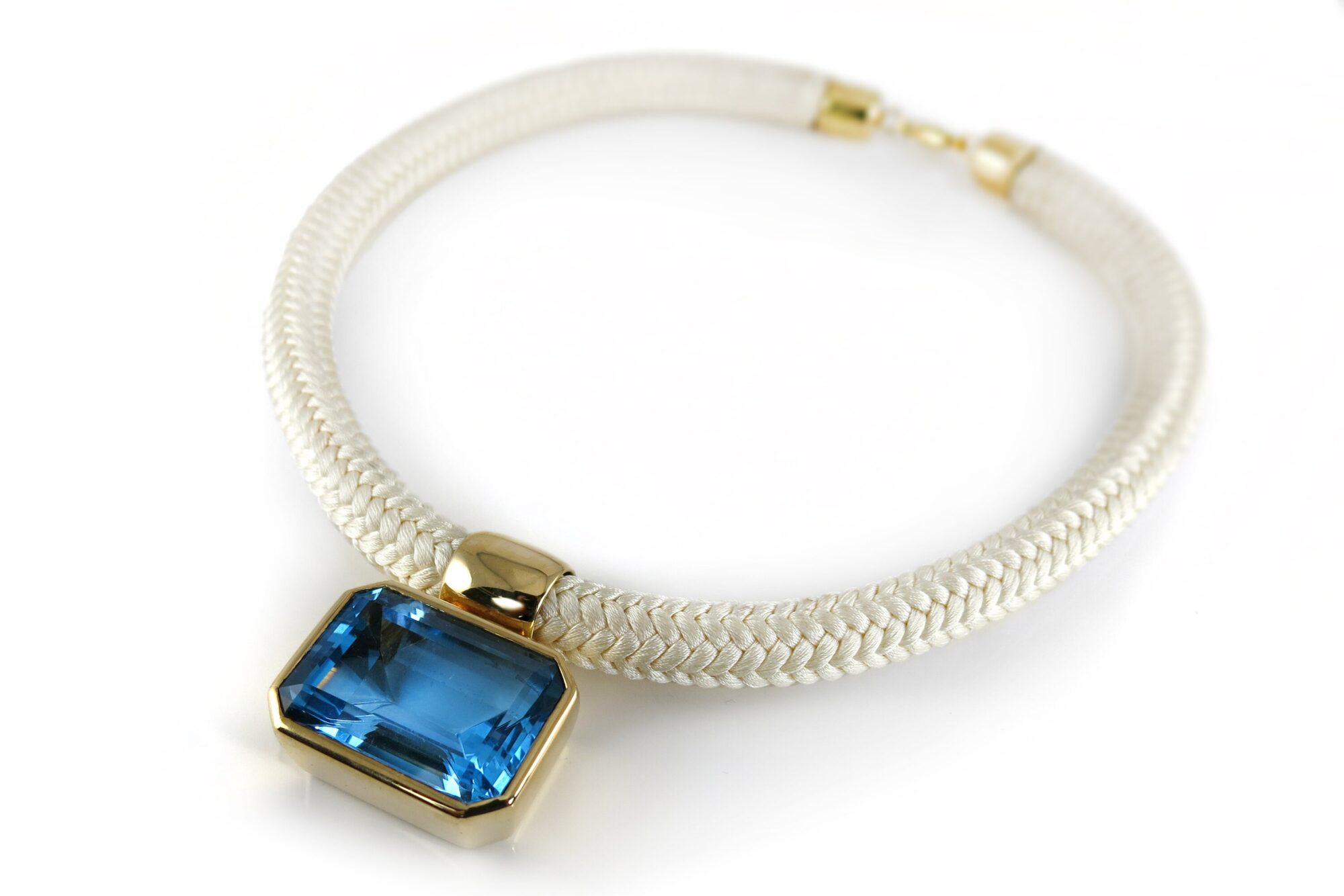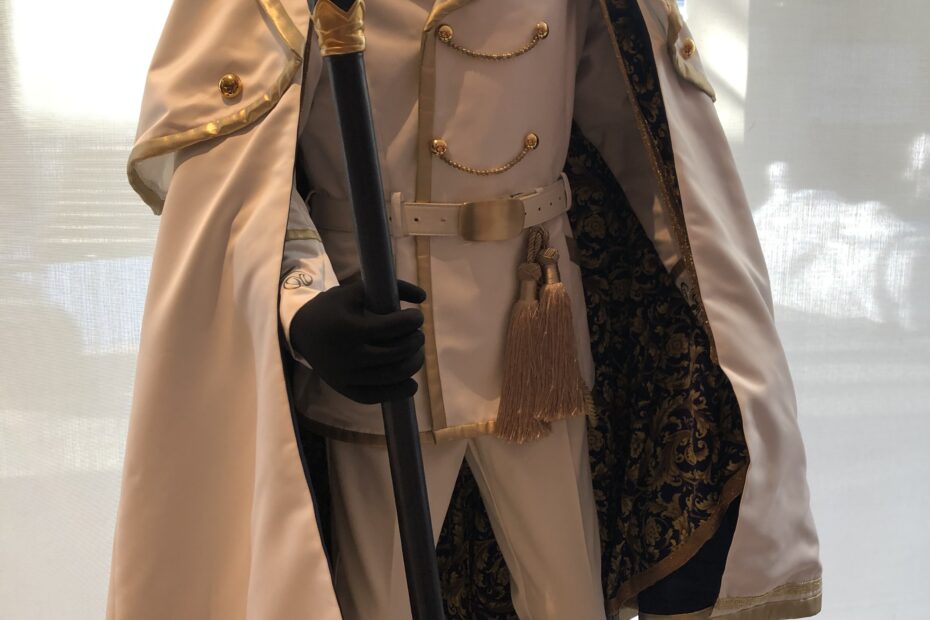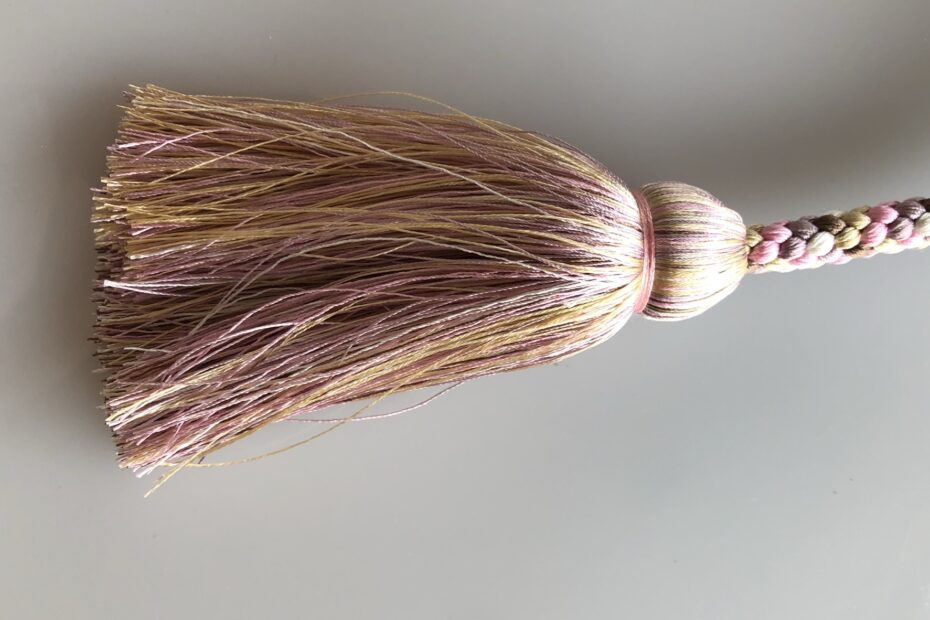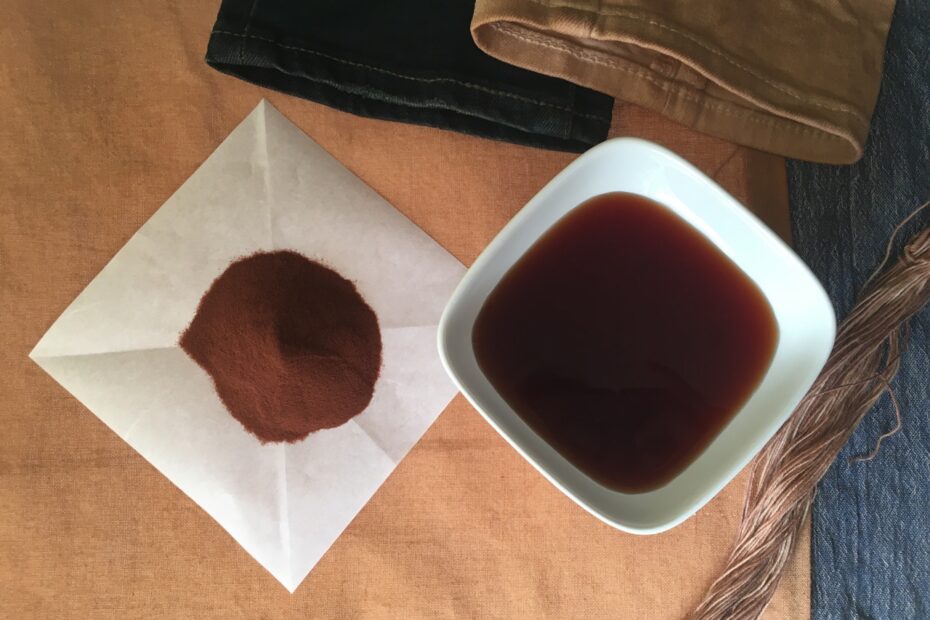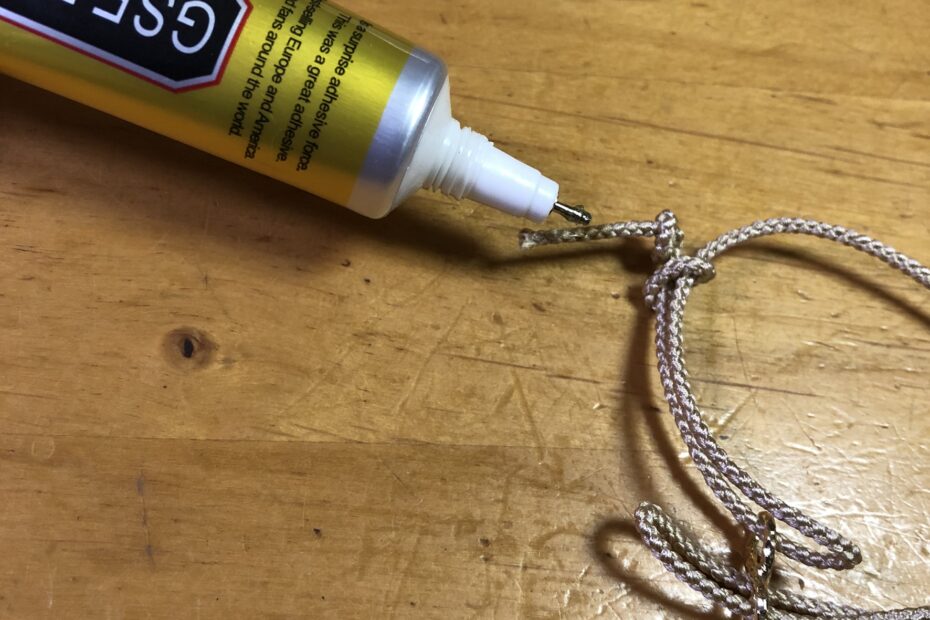Musical “Sacrificial Princess and the King of Beasts – the KING of BEASTS” Theater Report
On March 18, 2025, I enjoyed watching the musical Sacrificial Princess and the King of Beasts at Tennozu Galaxy Theatre. I walked into the venue… Read More »Musical “Sacrificial Princess and the King of Beasts – the KING of BEASTS” Theater Report
